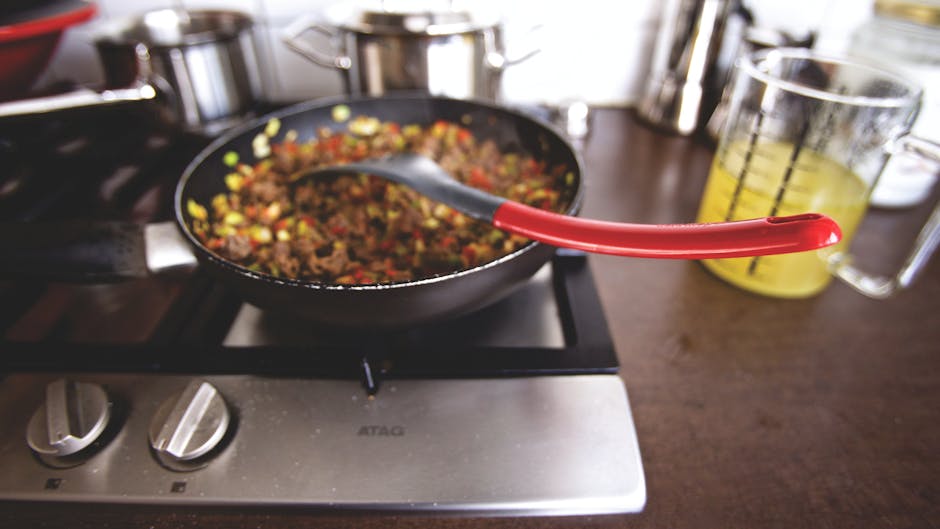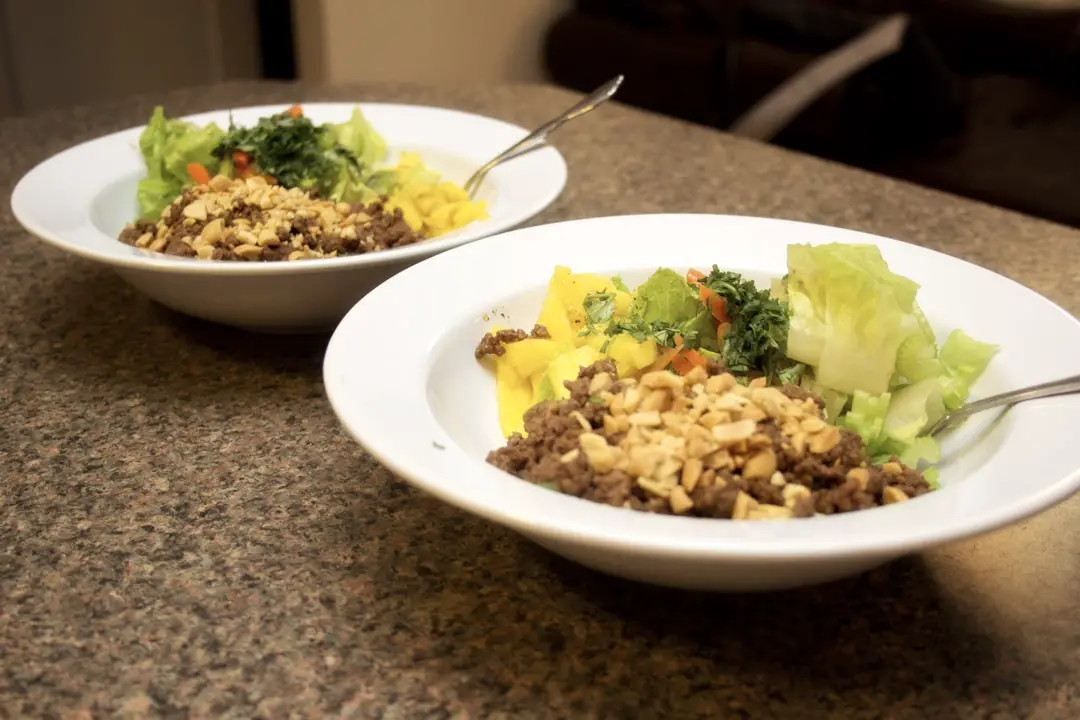Step aside, trendy avocados and kale smoothies – there’s a new (old) kid on the block! Dive into the world of ancient Icelandic cuisine as we dust off the cobwebs and uncover some deliciously quirky traditional recipes that have been hidden away for centuries. From fermented shark to sheep’s head jelly, get ready to tantalize your taste buds and transport yourself back in time with these bizarre yet surprisingly tasty dishes. So grab your Viking helmet and prepare to feast like a true Norse god – let’s unveil these ancient Icelandic delights!
Contents
Exploring the Roots of Icelandic Cuisine
From the land of fire and ice comes a cuisine as unique as the country itself. Icelandic cuisine may not be the first thing that comes to mind when thinking about gourmet food, but it has a rich history that deserves to be explored.
One of the key ingredients in Icelandic cuisine is fish, and lots of it! With a coastline that stretches for miles, it’s no wonder that fish plays such a central role in Icelandic dishes. Whether it’s smoked salmon, pickled herring, or the famous fermented shark, the variety of seafood options is truly endless.
But it’s not just the sea that influences Icelandic cuisine. The harsh climate and volcanic landscape have also shaped the way Icelanders eat. Lamb is a staple in Icelandic dishes, thanks to the abundance of sheep that roam the country’s rugged terrain. Whether it’s a hearty lamb stew or a tender rack of lamb, this meat is a favorite among locals.
No exploration of Icelandic cuisine would be complete without mentioning the unique preservation methods used by Icelanders. From pickling to fermenting, these techniques have been passed down for generations. Skyr, a type of Icelandic yogurt, is a prime example of this tradition. High in protein and low in fat, skyr is a favorite snack among Icelanders and can be enjoyed in both sweet and savory dishes.

Rediscovering the Flavors of the Viking Age
Ever wonder what the Vikings were chowing down on back in the day? Well, we’re here to dish out some tasty tidbits on the culinary delights of the Viking Age!
Get ready to feast your eyes (and your taste buds) on a smorgasbord of delicious dishes that would make even a modern foodie drool. From hearty stews to crispy flatbreads, the Vikings knew how to whip up a meal fit for a warrior.
So grab your horned helmet and prepare to embark on a gastronomic journey back in time as we delve into the flavors and ingredients that made Viking cuisine so legendary!
And hey, who knows – maybe after , you’ll be inspired to whip up some authentic Viking recipes of your own. Skál!

A Taste of History: Traditional Icelandic Ingredients
Are you ready to take your taste buds on a journey through time? In this post, we will explore the unique and traditional ingredients that have been a staple in Icelandic cuisine for centuries.
One of the most iconic ingredients in Icelandic cooking is fermented shark. This delicacy, known as hákarl, is made by burying shark meat underground for several weeks to allow it to ferment. The result? A pungent, strong-smelling dish that is not for the faint of heart.
Another key ingredient in traditional Icelandic dishes is skyr, a type of cultured dairy product that is similar to yogurt. Skyr has been a staple in Icelandic cuisine since the time of the Vikings and is still enjoyed by locals and visitors alike.
No discussion of Icelandic ingredients would be complete without mentioning the humble lamb. Icelandic lamb is prized for its tender meat and unique flavor, thanks to the animals’ free-range, grass-fed diet.

Cooking Techniques Passed Down through Generations
My grandma always told me that the secret to her delicious homemade spaghetti sauce was simmering it for hours on low heat. She said that this technique helped all the flavors meld together and create a rich, savory sauce that would make you want to lick your plate clean.
Another cooking technique that has been passed down in my family is the art of making perfectly fluffy pancakes. My great-grandma swore by adding a touch of vinegar to the pancake batter to make them rise just right. She also insisted on using a cast iron skillet to get that perfect golden brown color on each pancake.
When it comes to baking, my mom always taught me the importance of sifting flour before adding it to any recipe. She said that this simple step would ensure that your baked goods turned out light and fluffy every time. She also stressed the importance of using room temperature ingredients to create a smooth, well-blended batter.
One last cooking technique that has been passed down through generations in my family is the proper way to roast a chicken. My aunt always said that the key to a juicy, flavorful roast chicken was to season it generously with salt, pepper, and herbs, and then cook it low and slow until it was tender and falling off the bone. And let me tell you, that chicken was always a crowd-pleaser!

Serving Up Authentic Icelandic Dishes
When it comes to Icelandic cuisine, there’s one thing you can always count on – authenticity. From traditional recipes passed down through generations to modern twists on classic dishes, Icelandic food is a culinary journey like no other.
Get ready to indulge in some of the most unique flavors you’ve ever tasted. From tender lamb stew slow-cooked to perfection to delicate smoked Arctic char, every bite is a taste of true Icelandic culture.
One must-try dish is the infamous hákarl, or fermented shark. **This pungent delicacy is not for the faint of heart**, but if you’re feeling adventurous, it’s an experience you won’t soon forget. Wash it down with a shot of Brennivín, the local schnapps, to really embrace the Icelandic spirit.
Don’t forget to save room for dessert! **Skyr**, Iceland’s creamy yogurt-like treat, is a must-have. And if you’re feeling extra decadent, try a slice of warm kleina, a traditional fried pastry dusted with sugar.
The Rich Cultural Significance of Icelandic Gastronomy
Icelandic gastronomy may not be as well-known as other cuisines around the world, but it packs a punch when it comes to cultural significance. From fermented shark to smoked lamb, the food of Iceland is a reflection of the harsh climate and resourcefulness of its people.
One of the most iconic dishes in Icelandic cuisine is hákarl, or fermented shark. This delicacy is prepared by burying shark meat underground for several months until it reaches a pungent level of fermentation. It may not be for the faint of heart, but for Icelanders, hákarl is a symbol of tradition and resilience in the face of adversity.
Another staple in Icelandic cuisine is skyr, a type of yogurt that has been enjoyed for centuries. This creamy dairy product is rich in protein and calcium, making it a favorite among health-conscious Icelanders. Whether enjoyed plain or with a drizzle of honey, skyr is a versatile ingredient that can be used in both sweet and savory dishes.
Lastly, no discussion of Icelandic gastronomy is complete without mentioning the infamous Íslensk Kjötsúpa, or Icelandic meat soup. This hearty broth is made with lamb, potatoes, and root vegetables, creating a warming and comforting meal that is perfect for cold winter nights. Pair it with a slice of rúgbrauð, or Icelandic rye bread, and you have a truly traditional Icelandic meal that is sure to satisfy.
FAQs
What kind of traditional Icelandic recipes can we expect to find in this article?
Expect to discover a treasure trove of dishes like Plokkfiskur (mashed fish), Hangikjöt (smoked lamb), and Kleinur (deep-fried pastries) that will transport your taste buds straight to the rugged landscapes of Iceland.
Are these recipes easy to follow for someone who is not experienced in Icelandic cooking?
Absolutely! These recipes have been simplified without losing their authentic flavors so even if you’re just starting out in the kitchen, you’ll be able to whip up some traditional Icelandic fare in no time.
Icelandic cuisine stands out with its emphasis on fresh, locally-sourced ingredients like fish, lamb, and dairy. And let’s not forget the iconic use of fermented shark and sheep’s head - adventurous eaters, this one’s for you!
Do these recipes require any special equipment or hard-to-find ingredients?
Not at all! You won’t need to scour specialty stores or invest in expensive kitchen gadgets. All you need are basic kitchen tools and ingredients that you can easily find at your local grocery store.
Can these recipes be customized for dietary restrictions or preferences?
Certainly! Whether you’re vegetarian, gluten-free, or lactose intolerant, there are plenty of options to tailor these recipes to suit your dietary needs. So go ahead and make these Icelandic delights your own!



